Fiscal Year 2017-2018 was the last year that used car imports were fully allowed under the old (import) rules. During that time the import bill for the used car imports stood at USD 456 million. The import bill for car parts that were imported for assembly by our local players including Toyota Indus, Honda Atlas and Pak Suzuki stood at $809 million. Even back then these companies were making claims that around 50% of the parts were localized; just as they claim now. This figure of $809 million worth of parts imported for assembly were after the claimed 50% localization. This means that only around 50% of the parts required for their assembly process was being imported. That makes the $809 million number unbelievably bad, considering what kind of parts were being imported and why were they so expensive?
Let us fast forward one-year from that time. We come to the fiscal year 2018-2019, when at the middle point of that fiscal year, on January 15th 2019, the current government passed SRO 52(1)2019. According to official claims, the government passed the SRO to close some loopholes that were exploited by the importers to send money abroad illegally; a very laudable and good action to take. What was not so good was the government being convinced by the local car assemblers that the root of all evils were the used car imports, that they were a major contributor to the huge import spend and that they were the reason Pakistan was not advancing in automobile technology and losing jobs in the auto sector.
Related: Should Government Allow Importing Used JDMs
The government, as usual, without any proper verification of the facts, followed the recommendations of the local assemblers. Case in point, the example that I have cited above; what the local assemblers spent on imports and imported parts. Why did the government not see that and learn from it?
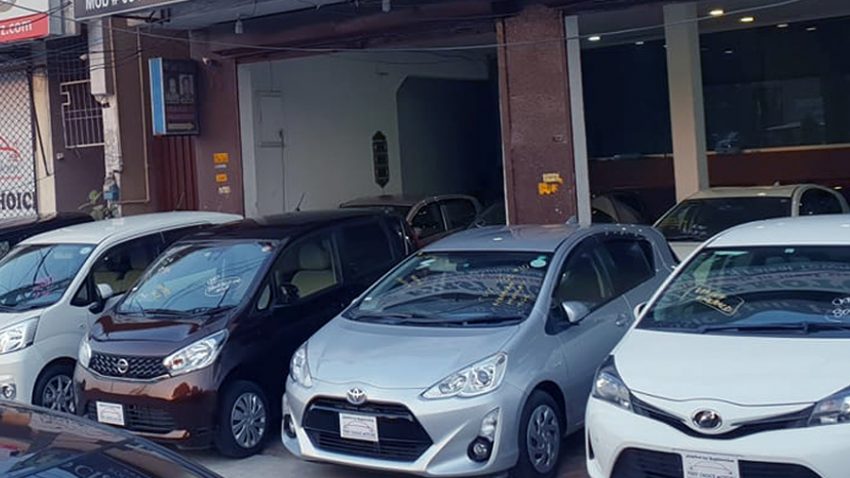
After the SRO was passed, almost overnight, the used car import industry was brought to a halt. What the government did not see, and what did not register on their radar, were the tens of thousands of daily wages jobs that they caused to disappear all over Pakistan because of this; also, literally overnight.
Related: Government Rejects Commercial Import of Used Cars
Due to the fact that the used car import was a booming business, a lot of people on daily wages were hired by the showroom owners to take care of their inventory. In cities all over Pakistan, people would find work as car washers, guards/night guard and attendants etc. Bazars such as sultan ka khoo in Rawalpindi/Islamabad, Bilal Gunj in Lahore and Shobha in Peshawar were, and still very much are, the life blood of the used car scene. You could/can find each and every part for your car there, for both the local cars and especially the imported cars. They also contributed to the small daily wages jobs such as shop attendants, parts installers and mechanics etc.

Business was booming and life was good; for a while. Then, due to the SRO, all that came crashing down. A few weeks after the SRO was passed, in the area where I live, all the busy imported car showrooms were suddenly lying empty. No one was hiring. Where the bigger showroom would hire at least six or more people on daily wages to attend to their inventory, now they were all lying almost empty. I remember going to the car showrooms in F-10 and G-8 in Islamabad. There too the same devastating scene. All small jobs had suddenly dried up. No one was hiring because business and profits were severely diminished. The famous car bazars mentioned above, suddenly lost a lot of their business. Some people even had to close their businesses which they had worked so hard to establish due to the sudden drop in demand. Don’t get me wrong, all these places have managed to recover since then, however, the recovery was/is not full and things are not at the levels that they were before.
Related: Understanding JDM, Imported & Local Assembled Cars
You have to wonder, did this one amendment to the import policy do more harm than good? Going forward, the used car import business was hit hard. However, the parts import bill for the local assemblers sky-rocketed during FY 2018-2019. The reason for that was simple, there were more assemblers entering the market, thanks to the Auto Policy 2016-21.
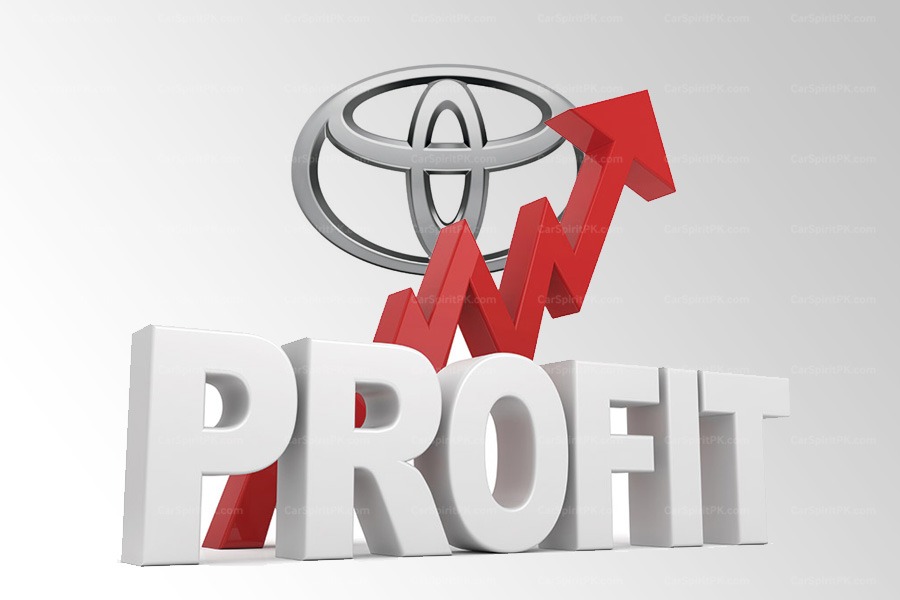
By the end of the same FY 2018-2019, Toyota IMC posted a profit of 13.71 billion PKR for the year. That year Toyota IMC also reported of paying 5.26 billion PKR in taxes to the government. Remember this figure as this will become very import in our discussion shortly. For the very next year, FY 2019-2020, there was a “confession” by FBR that because of the stoppage of the used car imports, they had lost PKR 22 billion in taxes in just the first 7 months of that Fiscal Year.
Related: FBR Suffers Rs 22 Billion Due to Restrictions on Used-Car Imports
Now we come to the crux of the matter. Toyota IMC paid PKR 5.26 billion for the whole FY 2018-2019. The loss of tax revenue from stopping used car imports was reported by FBR as 22 billion the very next year (FY 2019-2020) and was for the first 7 months of that fiscal year only. If we compare the two tax figures, the supposed tax that could have been collected by FBR from used car sales (for the first 7 months of FY 2018-2019) would have been more than four times what Toyota IMC paid in taxes for the whole FY 2018-2019. Which was better for our economy? Still, the local assemblers got their way and it was the used-car imports that were stopped instead.
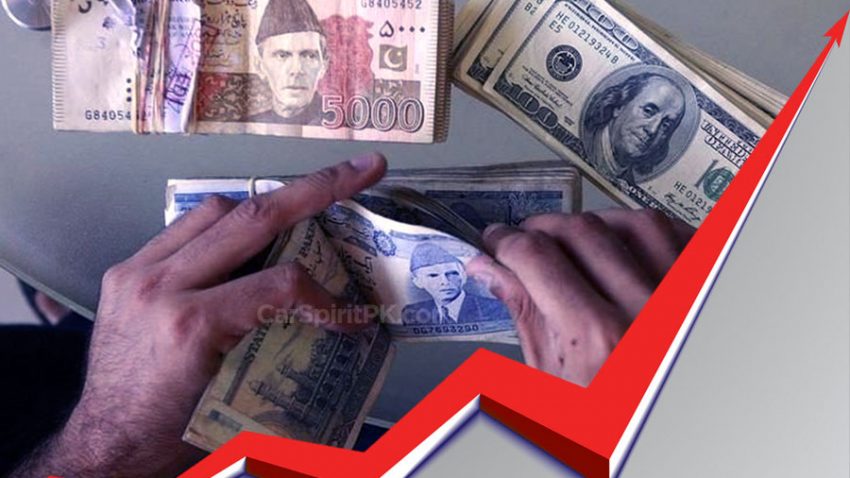
Then, as we know, due to the currency devaluation and the uncontrolled increase in cars prices; coupled with the stoppage of used car imports, the sales of cars took a nose dive in late 2019 and early 2020. So much so that all the big three assemblers had to close down their assembly plants and observe non-production days for several months. After that the pandemic hit and everything went south for almost a year.
Related: Suzuki’s Troubling Sales on Both Sides of the Border and the Way it Responds
However, even that was no reason for our local assemblers to change their ways. In other countries these same companies were doing everything possible to boost sales, including substantial discount deals on cars. Our local assemblers were busy increasing their prices even when they were registering zero sales per month and closing down assembly lines due to no demand. Some of the highest price increases were during those closed months. For example, the Toyota Yaris and Hyundai Tucson went through price increases even before the vehicles hit the roads.
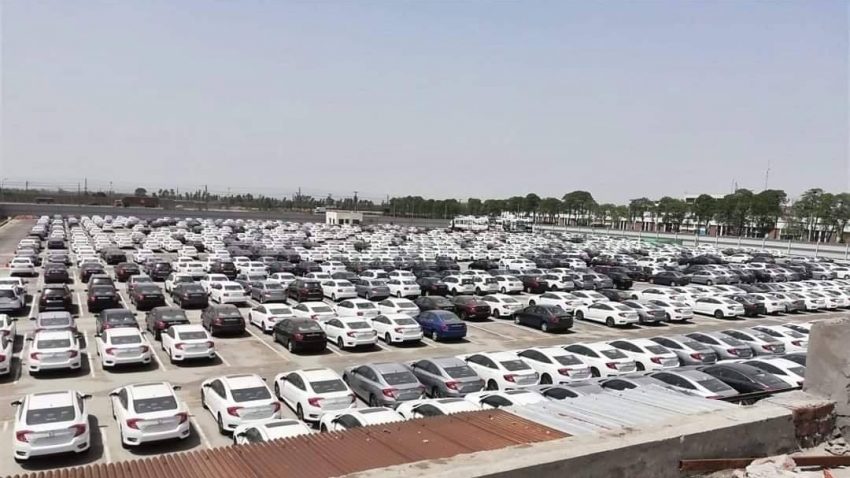
By the end of 2020/start of 2021, things were getting back to normal. There was a recovery in car sales and it was going up “fast”, however the recovery was never that “fast”. It only seemed that way because the numbers were continually compared to the numbers during the pandemic lockdowns. Of course, any recovery would seem astronomical by comparison. It was and still is a good way to manipulate the numbers and a good way to get the government decision makers in the local assembler’s pocket.
Related: Auto Imports Grew by 83% in 11M-FY20-21
By that time the new auto assemblers had also begun to enter the Pakistani market. Some vehicles such as the Kia Sportage and Hyundai Tucson were locally assembled while all others were imported. We did have a few more cars such as the Hyundai Elantra and the Changan Alsvin and Prince/DFSK Glory 580 Pro enter the locally assembled group, but most others were, and still are, imported such as MG and Proton despite promises of local assembly to start “very soon”.
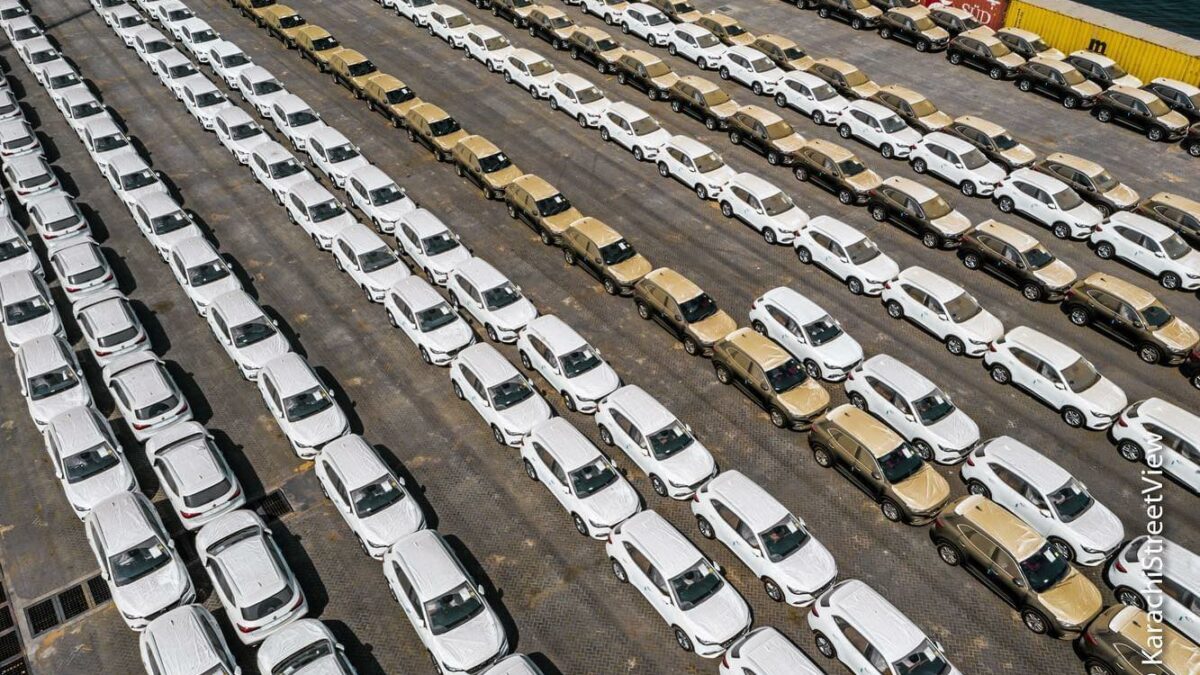
I have discussed this point at length in my previous article. The auto policies allow them to import all their cars. The companies are in no hurry to get their assembly plants finished. This is adding to the import spend. During the last two years we have seen that the import of CBU units by these new companies and parts import by our local old assemblers have grown dramatically. Just in the last fiscal year 2020-2021 our import bill was at $1.12 billion USD. We can only speculate what the import spend will be for this current fiscal year. I believe it will be near to, or it will cross, the $2 billion mark. The import bill for the used cars is very little by comparison. In the first 7 months of FY 2020-2021, the used cars imported were only around $116 million USD.
Related: Auto Import Bill Surged by 194% in H1-FY2020-21
Why is this not a concern for the government and a burden on our nation? As I mentioned above, by passing that SRO, the government played a major part in costing poor people tens of thousands of jobs. Yet that was OK. As I showed here, the import bill for the local assemblers far exceeded the bill for the used car imports in every year by comparison, yet the local assemblers were protected and the used-car imports were targeted. If the argument is that these local companies will create jobs and promote local manufacturing, then that assumption needs some serious scrutiny as well.
We will discuss this point and others further in part two of this discussion. Stay tuned & don’t forget to add your inputs in the comment section.
Continue reading the second part by clicking the link below:
The Costly Auto Industry of Pakistan- Destination Unknown (Part 2)

Contributed by: Muhammad Ali Khan– A guy who is passionate about cars and concerned about the state of the auto sector in the country.

CarSpiritPK welcomes Guest Posts. If you have the ability to generate quality content and can write some relevant and useful piece of information to be shared with our readers, feel free to contact us at: [email protected] Send you emails titled as (Guest Post submission)




